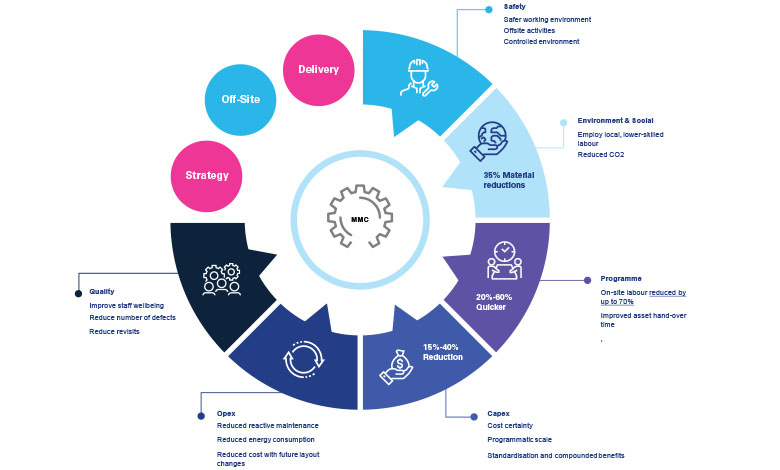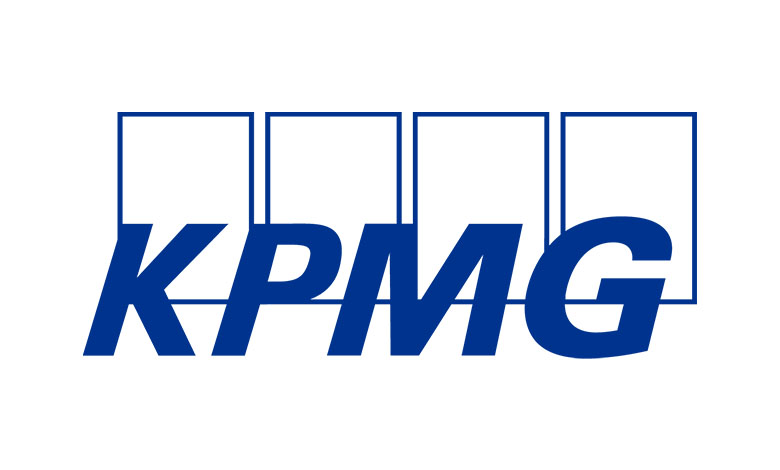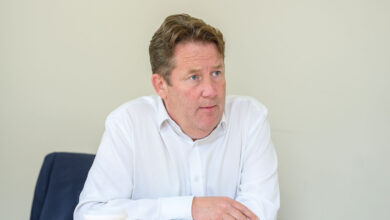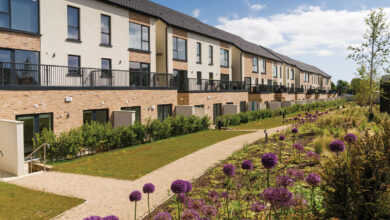Modern methods of construction: Defining an effective Irish operating model

Ireland has the necessary tools to take full advantage of the benefits of modern methods of construction (MMC). Jenna Davis, Associate Director with KPMG’s infrastructure team, discusses the barriers and opportunities of MMC.
The construction industry in Ireland has two challenges right now; increasing productivity and building sustainable infrastructure. Quicker adoption of MMC in Ireland can produce three clear outputs to address these challenges:
- speed up construction time and volume;
- reduce the environmental impact with sustainable construction practices; and
- a mitigation against inflationary pressures to improve margins.
Studies that compared modular and traditional construction methods showed that MMC could, with a clear strategy, enable a 35 per cent reduction in material use and reduce waste generation by at least 50 per cent.
Barriers to adoption: finding a way forward
MMC use in the Irish construction industry is currently fragmented. For greater standardisation and repeatability, the manufacturing processes and procedures need to be considered in respect to skills and capacity. As an island nation we rely on importing most construction materials. A centralised policy on building materials and components for common infrastructure such as housing would help incentivise the private sector to invest in MMC methods. The most obvious barrier is the upfront, capital cost. The other key barrier is approaching MMC in housing as different to MMC in schools or energy infrastructure. Cross sector harmonisation of the collective pipeline will alleviate this.
Larger state-funded capital programmes such as the new maternity hospital or MetroLink are great opportunities to develop an Irish MMC operating model. These programmes could look to collaboratively centralise the production and logistical processes with an Amazon delivery centre style approach to managing materials, off-site assembly, and delivery to site. This approach would allow housing developers to de-risk their investment in MMC practices and avail of the centralised facility and processes. The industry has already invested in digital workflows, BIM models, and information management and are ready to contribute to an MMC operating model for Ireland particularly in the design phases.
How to make MMC a viable option
Three aspects will drive the adoption of MMC in Ireland;
- a national MMC strategy as an output of the governments MMC roadmap;
- better formed public/private collaborations to identify capacity and capabilities; and
- incentives to offset the capex burden.
MMC in Ireland can offer transformative gains in productivity terms, safety, and environmental impact.

W: www.kpmg.ie





